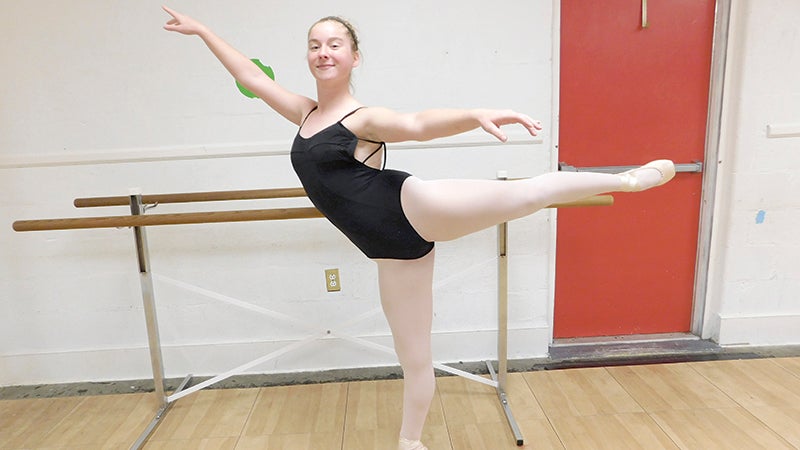Following the rail trails
Published 9:04 pm Thursday, November 13, 2014

Above, the entrance to the Suffolk Seaboard Coastline Trail, which is one of the many “rail trails” featured in a new book by Bristol author Joe Tennis. (Joe Tennis photo)
Suffolk is featured in a new book by Bristol author and newspaper features writer Joe Tennis about abandoned railroads turned into hiking and biking trails across Virginia.
Tennis, 45, said he got the idea for the book because of the many such trails in his area, some of which he has written about for the Bristol Herald Courier.
“It was just a really fun book to do, but a real lot of work,” Tennis said, noting that a lot of work was involved in getting the photos. The book features more than 140 maps and photos, most of them by Tennis and more than 30 in full color.
Over the course of six years, he tracked down old railroads from the coalfields of Wise and Buchanan counties to the Eastern Shore at Cape Charles.
His previous books include “Beach to Bluegrass,” a collection of stories along U.S. 58 that features Suffolk’s Riddick’s Folly and the story of Mr. Peanut.
Virginia’s proposed Beaches to Bluegrass Trail actually took its name from Tennis’s “Beach to Bluegrass” book.
The Beaches to Bluegrass Trail is slated to link trails in Suffolk and Chesapeake to walking paths and hiking trails across the southern border of Virginia, stretching to the mountains at the Cumberland Gap and largely following the U.S. Route 58 corridor.
“When that trail was announced, it was pretty logical for me to start working on this trails book,” Tennis said.
Tennis said there is a large movement to preserve former railroad right-of-way across the state and turn it into trails.
“You can go walk that path and enjoy that corridor,” Tennis said. “That’s a big part of why they’re protected.”
Tennis said part of his aim in writing the book was to show people in communities with smaller trails, like Suffolk, the possibilities like those that have been done along larger trails.
“I wanted to show what everybody else was doing and share how they could all be connected,” he said.
Suffolk’s contribution to the 272-page book is the Suffolk Seaboard Coastline Trail. Currently only a small segment near the Suffolk Seaboard Station Railroad Museum at 326 N. Main St., running along an abandoned rail line, plans eventually call for an 11.5-mile-long trail that connects to the short segment constructed years ago, Tennis wrote.
“You’ve got a lot of great history there,” Tennis said. “Then to go outside and actually walk the path the trains were actually on. That’s part of the beauty of most of these trails. You can go walk that path and enjoy that corridor. That’s a big part of why they’re protected.”
The book also features Norfolk’s Elizabeth River Trail; High Bridge Trail State Park; Virginia Creeper Trail; New River Trail State Park; and the Chessie Nature Trail of Lexington.
He has also released ”Finding Franklin: Mystery of the Lost State Capitol,” a children’s book which features a chapter in Franklin.
Tennis is signing copies of “Virginia Rail Trails” on Saturday, Nov. 15, at Prince Books, 109 E. Main St., Norfolk, from 12:30 to 2 p.m., and at Barnes and Noble, 1212 Greenbrier Parkway, Chesapeake, from 3 to 6 p.m. He said he hopes to have a Suffolk book signing soon.
For more information, visit www.historypress.net.






